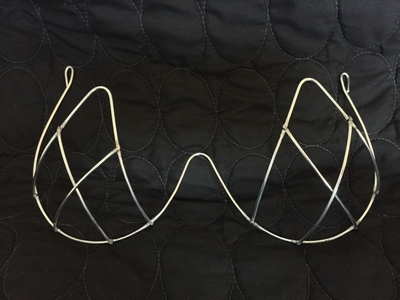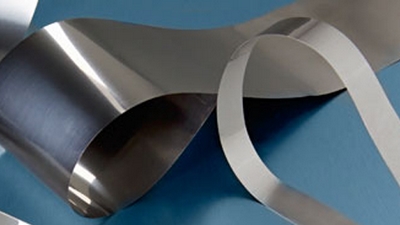Memory alloys are alloys of titanium and nickel. If the alloy is deformed by external force, it can be restored to its original appearance by slightly heating. This kind of alloy has been applied in many fields. Open the time tunnel to explore the mystery of “memory alloy”. In 1963, the US Naval Armament Laboratory was ordered to develop a new type of equipment. In the experiment, the experimenters received some bent Ti-Ni alloy wires. They felt it was inconvenient to use them, so they straightened the Ti-Ni alloy wires. In the experiment, when the temperature rises, all the stretched Ti-Ni alloy wires suddenly return to their original curved shapes and are exactly the same as before. The experimenters were puzzled and repeated experiments. The results were exactly the same. This is the memory alloy that people want to know and are interested in nowadays.
The human brain has the function of memory. Through the memory of the brain, people can accumulate the knowledge they have learned and bring about knowledge change. Just like today’s knowledge economy, people can promote the progress and development of human society. Similarly, “memory alloy” is like the human brain. It has already been used as a “hero” and has been widely used in military, aerospace, medical and other fields. The most famous example is the antenna brought to the moon by Apollo 11. It uses very thin memory alloys to make antennas in normal conditions according to predetermined requirements, and then lowers the temperature to press them into a ball, loaded into the lunar module and brought to the moon. Under the sunlight, the antenna “remembers” its original appearance and becomes a huge hemisphere. It is reported that Ti-Ni alloy has not been used in civil field for a long time because of its high cost. Now it’s different. Scientists are trying to make the precious metal civilian. They have successfully adjusted the temperature of the “memory titanium” to the temperature range of the body. The women’s bra cushion produced with it is usually soft as silk, and it will stand up in the heat after wearing. Scientists also use it as an esophageal stent, which can expand into a new esophagus in the larynx for patients with esophageal cancer who have lost their eating function. If necessary, as long as ice is added to the esophagus, the esophagus will contract when it is cold, so it can be easily removed. In 1986, the 6th Golden Rooster Award-winning science and education film “Rising Third Metal-Titanium” included a set of lenses, which were made of “Memory Titanium” automobile shell, and then the impact test was carried out. After the shell was deformed, a bucket of hot water was poured on it, and the deformed part was restored to its original shape.


